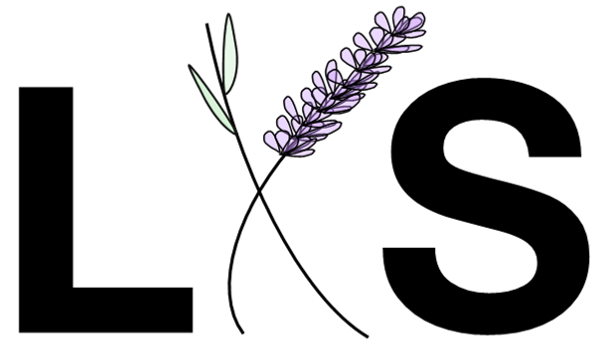Scent of an Idea? Fougère
In the mid to late 19th century, the single floral note perfume, or soliflore, was the predominant fine perfume style. In 1882, Houbigant released perfumer Paul Parquet’s Fougère Royale. This perfume transformed modern perfumery in two ways.
First, the scent was not intended to smell like any actual material. Fougère, fern in French, does not have a noticeable botanical smell in the “headspace.” The composition is instead meant to evoke a walk through a dense forest, shaded by large trees coated with moss. The cool and moist floor has limited vegetation except for the ferns, striking in their prehistoric vibrance. The scent of moss and earth predominates. Not far off, you can see a meadow bathed in late afternoon sun and beyond that a garden with fruit trees and a bounty of flowers. The scent of grass and lavender drifts into the forest, lifting your mood. Behind that you smell the garden flowers.
The wet grass of the coumarin, lavender, and herbs gets at another perfume genre, Foin Coupé, of Guerlain fame as a scent introduced in 1896. The two perfumes, Fougère Royale and Foin Coupé, are not all that different in the notes and overall composition, but the story is different. It is also important to note that at the heart of Fougère Royale is a blend of rose and geranium central to so many western men’s fragrances. The rose note was gendered as a man’s smell, completely the opposite of today’s western culture. It is a good reminder that scents do not have a gender.
Second, Fougère Royale is notable for the first, or at least very early, integration of a synthetic ingredient in a perfume composition. Parquet used synthetic coumarin to develop a rich hay note in the base without all of the caramel sweetness in the high level of tonka bean absolute needed to achieve that level, which was the primary source of coumarin at the time as it is 80-90% coumarin.
It may be easy believe that the synthetic material introduction was the more important of the two innovations. Perhaps, though, the romantic narrative is at the heart of what drives modern perfume, and modernity as a broader movement. Most perfume advertisements do not list specific notes or ingredients. They are selling an idea, perhaps one that is related through brand or culture to a specific scent, but often not even that.
Houbigant re-released the scent in 2010 after a long lapse. The notes for the relaunched perfume are:
HEAD NOTES: Bergamot, Mediterranean Herbs, Lavender, Chamomile.
HEART NOTES: Rondeletia, Geranium, Rose de Mai, Cinnamon, Clavel.
BASE NOTES: Amber, Oakmoss, Coumarin, Patchouli, Tonka beans, Clary Sage.
There is some debate about the “required” notes in a modern fougere. You will almost always find lavender, frequently accompanied by bergamot.
There is almost always geranium, with rose often included.
Coumarin seems a must, particularly given the history, whether this is from tonka bean, synthetic, lavender absolute, flouve, etc. Moss notes are debated more, but also seem critical for the titular damp forest note.

